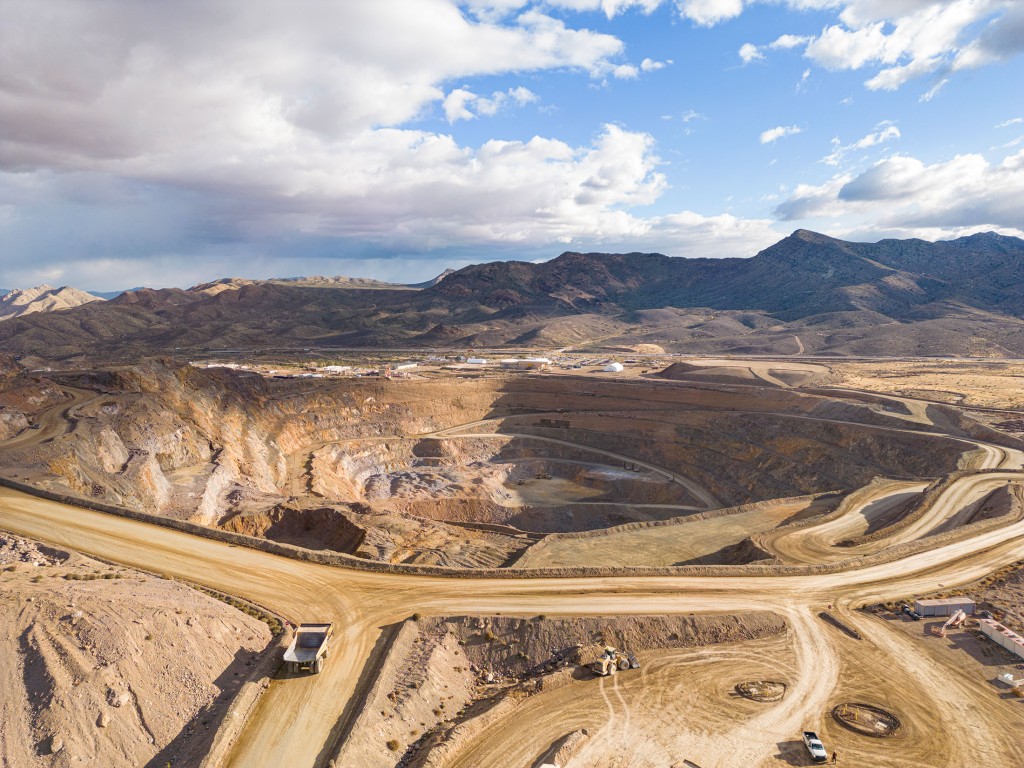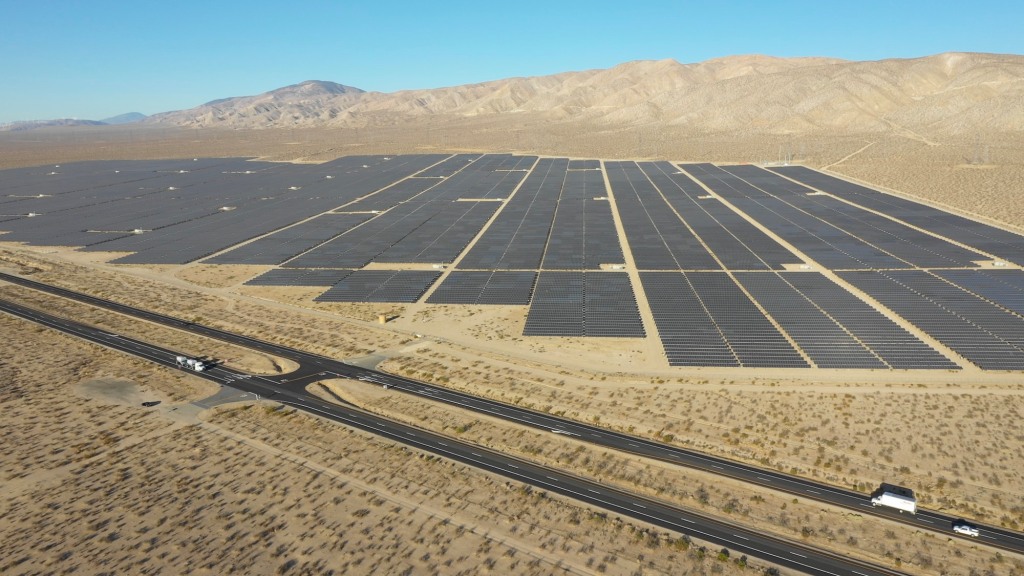
California’s diverse landscapes, rich history, and abundant natural phenomena have inspired many scientific-themed popular books, ranging from John Steinbeck’s “The Log from the Sea of Cortez,” with its focus on marine biology, to Mary Austin’s “The Land of Little Rain,” a lyrical examination of California’s desert environment, not to mention the late Marc Reisner’s Cadillac Desert, an epic history of California’s contentious relationship with water. (I’ve read it twice.)
But when it comes to exploring the state’s geology – its mountains, coastlines, and, most notably, its fault lines – few books can match the prowess and eloquence of John McPhee’s “Assembling California“. Part of his Pulitzer-winning series, “Annals of the Former World,” the book offers a comprehensive and accessible tour through the geological history of California, crafting a fascinating narrative that is as engaging as it is informative.
John McPhee is an acclaimed American writer and pioneer of creative nonfiction, renowned for his deeply researched and beautifully crafted works that often explore topics related to nature, science, and geography. A long-time staff writer for The New Yorker and the author of over 30 books, McPhee is celebrated for his ability to turn seemingly ordinary subjects—such as geology, oranges, or transportation—into compelling narratives. His distinctive style blends meticulous research with accessible, often poetic prose that has been widely immitated. I’ve read several of McPhee’s books and while some of the work can be hard going, I’m usually very satisfied once I’m done. Assembling California is, in my opinion, one of his best.
Here’s an excerpt:
An old VW bus is best off climbing the Sierra from the west. Often likened to a raised trapdoor, the Sierra has a long and planar western slope and—near the state line—a plunging escarpment facing east. The shape of the Sierra is also like an airfoil, or a woodshed, with its long sloping back and its sheer front. The nineteenth-century geologist Clarence King compared it to “a sea-wave”—a crested ocean roller about to break upon Nevada. The image of the trapdoor best serves the tectonics. Hinged somewhere beneath the Great Valley, and sharply faulted on its eastern face, the range began to rise only a very short geologic time ago—perhaps three million years, or four million years—and it is still rising, still active, continually at play with the Richter scale and occasionally driven by great earthquakes (Owens Valley, 1872). In geologic ages just before the uplift, volcanic andesite flows spread themselves over the terrain like butterscotch syrup over ice cream. Successive andesite flows filled in local landscapes and hardened flat upon them. As the trapdoor rises—as this immense crustal block, the Sierra Nevada, tilts upward—the andesite flows tilt with it, and to see them now in the roadcuts of the interstate is to see the angle of the uplift.
John McPhee in Assembling California
The Sierra Nevada, a massive mountain range stretching like a spine nearly the length of California, provides the central geological narrative in “Assembling California”. Known for its stark beauty and dramatic peaks, the Sierras are also a textbook example of the immense forces that shape our planet. (We’ve written and will continue to write about them.) McPhee masterfully explicates how tectonic activity shaped this terrain over millions of years, giving readers a sense of the awe-inspiring age and dynamism of the Earth.
A brief bit about the man: Born in 1931, McPhee studied at Princeton University and Cambridge, and his writing straddles diverse topics from basketball to nuclear energy. His primary strength lies in his ability to seamlessly interweave complex scientific principles with engrossing human stories (there’s always an interesting character and the heart of his work), making the intricate world of science both comprehensible and enjoyable to the lay reader. His skill and prolificacy have earned him numerous accolades, including the Pulitzer Prize.

Assembling California stands out for its illuminating journey through California’s intricate geological history. Traveling with the late geologist Eldridge Moores of the University of California Davis, McPhee unpacks the layered story of California’s geology from its seismic activity to its unique rock formations. There is an excellent excerpt in a 1992 issue of the New Yorker.

Moores was a renowned geologist known for his significant contributions to understanding the geological history and structure of the Earth, particularly in relation to plate tectonics. Born in 1938 in Phoenix, Arizona, he spent the bulk of his career as a professor of geology at Davis, where his research significantly advanced the theory of plate tectonics. He was particularly interested in the geology of his adopted home state, California. Moores also held the position of President of the Geological Society of America in 1996. Apart from his boundless energy, Moores’ real gift was his vision: his ability to “see” geologic history in a pile of rocks. His passionate teaching style and profound knowledge made him a beloved figure in the field of geology. Moores died in a tragic accident in 2018 while on a field trip in Greece, leaving a significant void in the geology world.

Moores explains to McPhee how the Sierra Nevada range didn’t just emerge from the Earth’s crust, as geologists long thought. Instead, the building blocks bubbled up from faraway rifts in the ocean floor called “spreading centers,” then transported thousands of miles on moving plates and piled up onto the North American continent.

The movement of the Earth’s crust along fault lines, as in the well-known San Andreas Fault, is a central theme of the book. By explaining the shifting of tectonic plates, McPhee brings to life the reality of living in California: a landscape that is constantly, if imperceptibly, in motion. His descriptions of earthquakes, both historic and potential future ones, vividly underscore the seismic hazards associated with residing in the state. McPhee’s ability to humanize these impersonal geologic processes is a testament to his storytelling prowess. You will learn a lot about what happens to the California beneath your feet.

However, “Assembling California” is not just a tale of geological forces. McPhee also weaves in fascinating narratives about gold prospectors and vineyard owners, infusing the state’s human history into its ancient geological story. You really can’t tell the story of modern California without delving into the resource-driven economic narratives that are a fundamental part of the state’s history. We try to do a lot of that in this magazine.
For those who want to go beyond McPhee, another fine author is Simon Winchester, whose “Crack at the End of the World” picks up where McPhee left off, both in terms of theme and approach. Winchester, a British author and journalist known for his popular science writing, explores the devastating 1906 San Francisco earthquake. Like McPhee, Winchester expertly merges detailed geological explanations with human stories, providing a compelling account of one of the most significant natural disasters in American history. This is also a very fine book.

The legacy of “Assembling California” lies not just in its rich storytelling but also in the path it blazed for a new kind of popular science writing – one that’s engaging, comprehensive, and profoundly human. By understanding our planet’s past and the forces that shape it, we are better prepared to navigate its future. As readers, we owe a debt of gratitude to writers like McPhee and Winchester who, through their craft, help us appreciate the intricate dance between the Earth’s geological processes and human civilization.
Since McPhee wrote “Assembling California,” technology has made leaps and bounds in the field of geology. Advancements in technology like LIDAR (Light Detection and Ranging), which uses lasers to measure distances and can create high-resolution maps of the Earth’s surface, and improvements in seismograph technology and satellite imaging, have allowed scientists to study geological phenomena in greater detail and with better accuracy.
Geology, like all scientific disciplines, evolves over time as new techniques and technologies become available. This progress often refines our understanding of geological phenomena and can lead to new theories and models. We’re still learning a lot about how our state literally came together, with new research being done all the time that sheds light on our mountains, coasts and valleys.
More recent studies of the San Andreas Fault, for instance, have allowed us to better understand the fault’s behavior, including how frequently significant earthquakes occur and what triggers them. For example a 2022 study from Lamont-Doherty Earth Observatory suggests that the San Andreas Fault moves slowly in a process called “creep,” which was previously thought to release tectonic stress and reduce earthquake risk. However, this new research suggests that this creeping segment might instead be accumulating stress, potentially leading to larger and more destructive earthquakes than previously anticipated.
Not exactly good news, but it’s always better to know what’s happening and to have science that backs it up, and McvPhee was a master at helping us understand he way the world works.

Lots of work goes into writing California Curated. We’d appreciate it!







